Hidden among the sun-baked rocks and desert scrub of the American Southwest lives one of nature’s most remarkable athletes. The Apache jumping spider might be smaller than your thumbnail, but this tiny hunter possesses abilities that would make Olympic gymnasts weep with envy. While most people think of spiders as web-spinning creatures lurking in dark corners, the Apache jumping spider has ditched the web entirely, choosing instead to become a precision hunter that can leap distances up to 50 times its own body length. This incredible arachnid doesn’t just jump – it calculates, stalks, and pounces with the accuracy of a trained sniper.
Meet the Desert’s Tiniest Predator
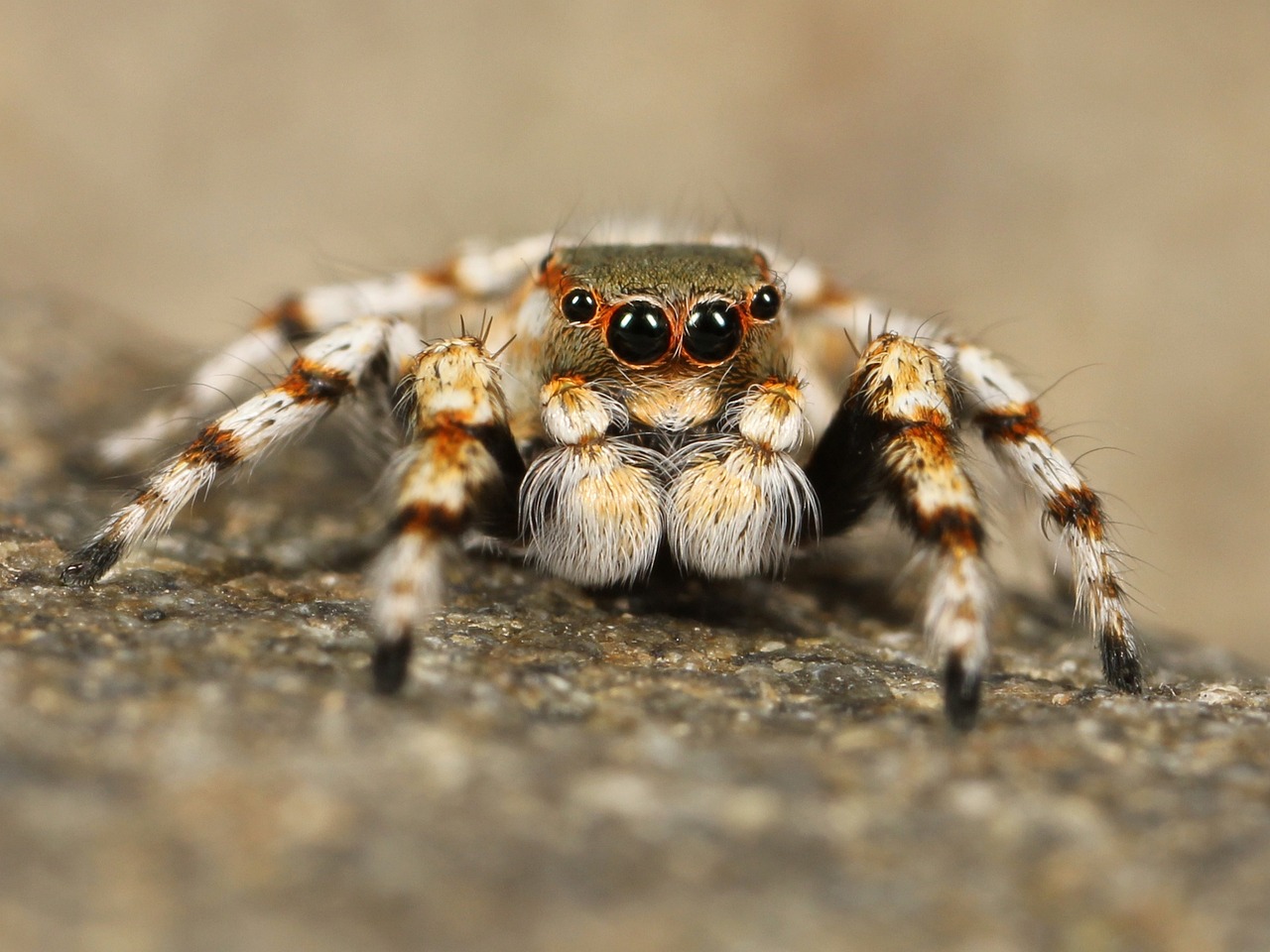
The Apache jumping spider (Phidippus apacheanus) stands as one of the most charismatic members of the Salticidae family, which includes over 6,000 species of jumping spiders worldwide. These remarkable creatures typically measure between 10 to 15 millimeters in length, with females generally being larger than males. Their compact, robust bodies are covered in dense, iridescent hairs that shimmer like tiny jewels in the desert sunlight. What truly sets them apart from other spiders is their forward-facing eyes – four large, prominent orbs that give them an almost mammalian appearance and exceptional vision that rivals that of many vertebrates.
The Art of Eight-Legged Parkour
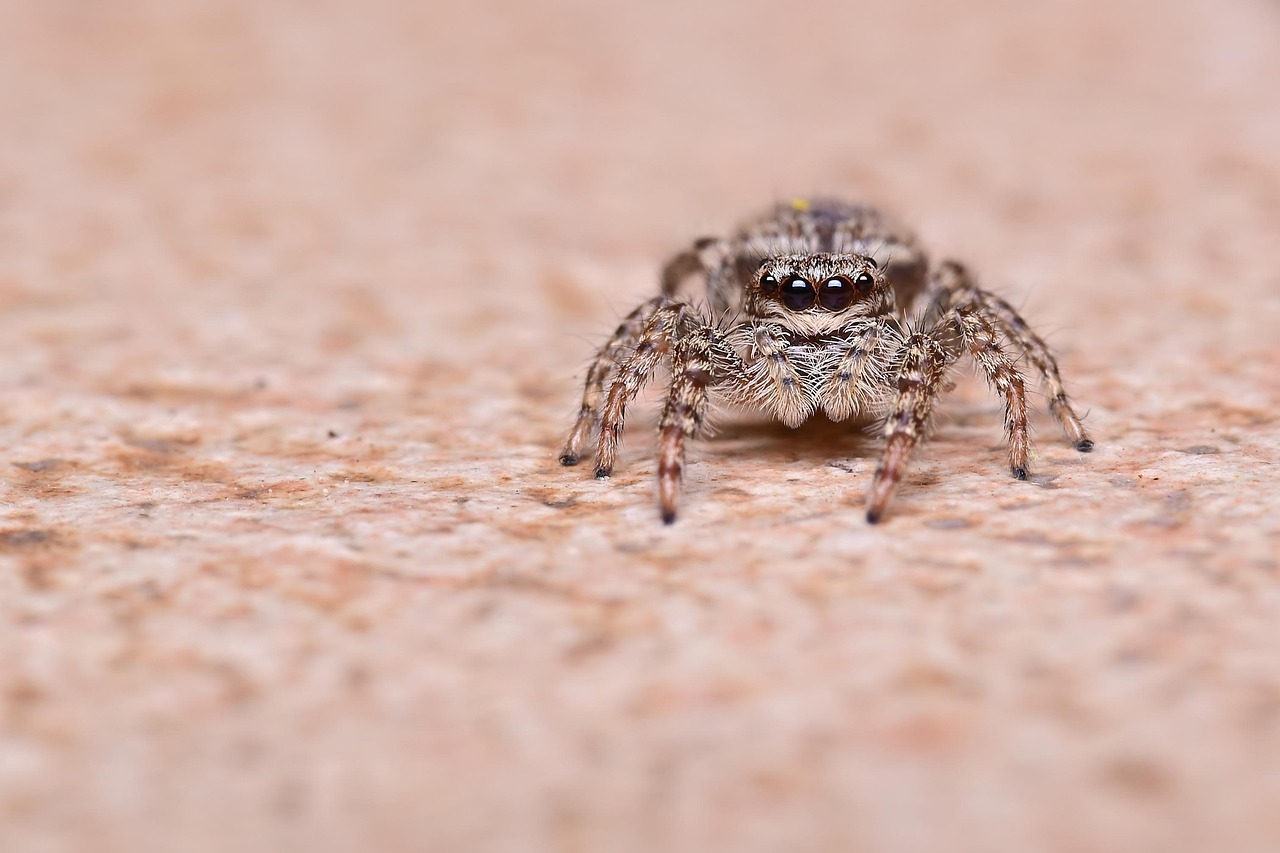
When an Apache jumping spider prepares to leap, it performs what can only be described as biological engineering at its finest. Before each jump, the spider attaches a silk safety line to its current perch – think of it as a bungee cord that prevents fatal falls. The actual jumping mechanism relies on hydraulic pressure, where the spider rapidly increases blood pressure in its hind legs, causing them to extend explosively. This system allows them to achieve jumps that would be equivalent to a human leaping over a 25-story building. The precision is equally astounding; these spiders can land on targets as small as a pinhead from distances that seem impossible for such tiny creatures.
Vision That Puts Cameras to Shame
The Apache jumping spider’s eyes are nothing short of evolutionary masterpieces that would make any camera manufacturer jealous. Their primary eyes can move independently, scanning the environment like tiny periscopes, while their acute vision allows them to spot prey or predators from distances up to 20 times their body length. Unlike most spiders that rely heavily on vibrations and chemical cues, Apache jumping spiders are primarily visual hunters. Their color vision is particularly impressive, enabling them to distinguish between different types of prey and even recognize potential mates through subtle color patterns. This visual acuity is so refined that they can track the movement of a fly from several inches away – a considerable distance in spider terms.
Desert Adaptations for Survival
Living in the harsh environment of the American Southwest requires special adaptations, and the Apache jumping spider has evolved several ingenious strategies to thrive in this challenging landscape. Their dense, hairy coating doesn’t just provide camouflage – it also helps regulate body temperature and reduces water loss in the arid climate. During the hottest parts of the day, these spiders retreat to shaded crevices or under rocks, emerging during cooler morning and evening hours to hunt. They’ve also developed an impressive ability to go without water for extended periods, obtaining most of their moisture from their prey. Their metabolism can slow dramatically during drought conditions, allowing them to survive weeks without food or water.
The Hunting Strategy of a Miniature Predator
Apache jumping spiders employ hunting techniques that combine stealth, patience, and explosive action in ways that would make special forces operatives envious. They begin by using their exceptional vision to locate potential prey from a distance, then slowly stalk their target while maintaining a safe distance. The approach is methodical and calculated – they’ll freeze mid-step if the prey looks in their direction, resume movement when the coast is clear, and gradually position themselves for the perfect strike angle. When the moment is right, they launch themselves through the air with incredible precision, often covering the distance to their prey in a fraction of a second. This hunting style is particularly effective against flies, gnats, mosquitoes, and other small insects that frequent the desert environment.
Romance in the Desert: Mating Rituals and Courtship
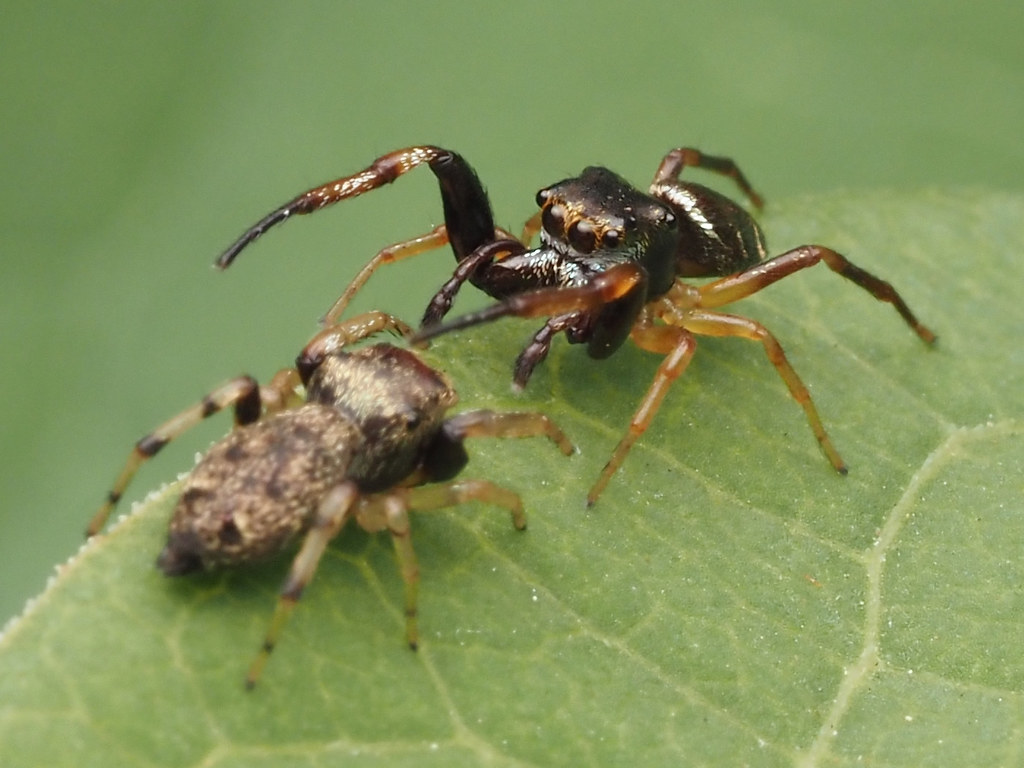
The mating rituals of Apache jumping spiders are among the most elaborate and entertaining displays in the arachnid world. Male spiders perform intricate courtship dances that involve leg waving, body positioning, and even drumming vibrations on surfaces to attract females. These performances can last for several minutes and often resemble a combination of semaphore signaling and interpretive dance. The males’ iridescent coloration becomes particularly vibrant during mating season, with metallic greens, blues, and purples that flash and shimmer as they move. Females are notoriously choosy, often rejecting multiple suitors before selecting a mate, and unsuccessful males must be quick to escape or risk becoming the female’s next meal. The courtship process is so species-specific that scientists can often identify different jumping spider species based solely on their mating dances.
Life Cycle: From Egg to Acrobat

The life cycle of an Apache jumping spider is a remarkable transformation that takes place over the course of approximately one year. Females lay their eggs in silk-lined retreats, typically hidden under rocks or in crevices where they’re protected from predators and harsh weather conditions. The mother guards her egg sac vigilantly, rarely leaving except to hunt for food, and will aggressively defend her offspring against any perceived threats. After hatching, the spiderlings go through several molts as they grow, shedding their exoskeletons like tiny suits of armor that no longer fit. Each molt represents a significant growth phase, and young spiders must be particularly cautious during these vulnerable periods when their new exoskeletons are still soft. The juvenile spiders develop their jumping abilities gradually, practicing on smaller prey until they achieve the precision and power of adult hunters.
Ecological Role: The Desert’s Pest Control Team
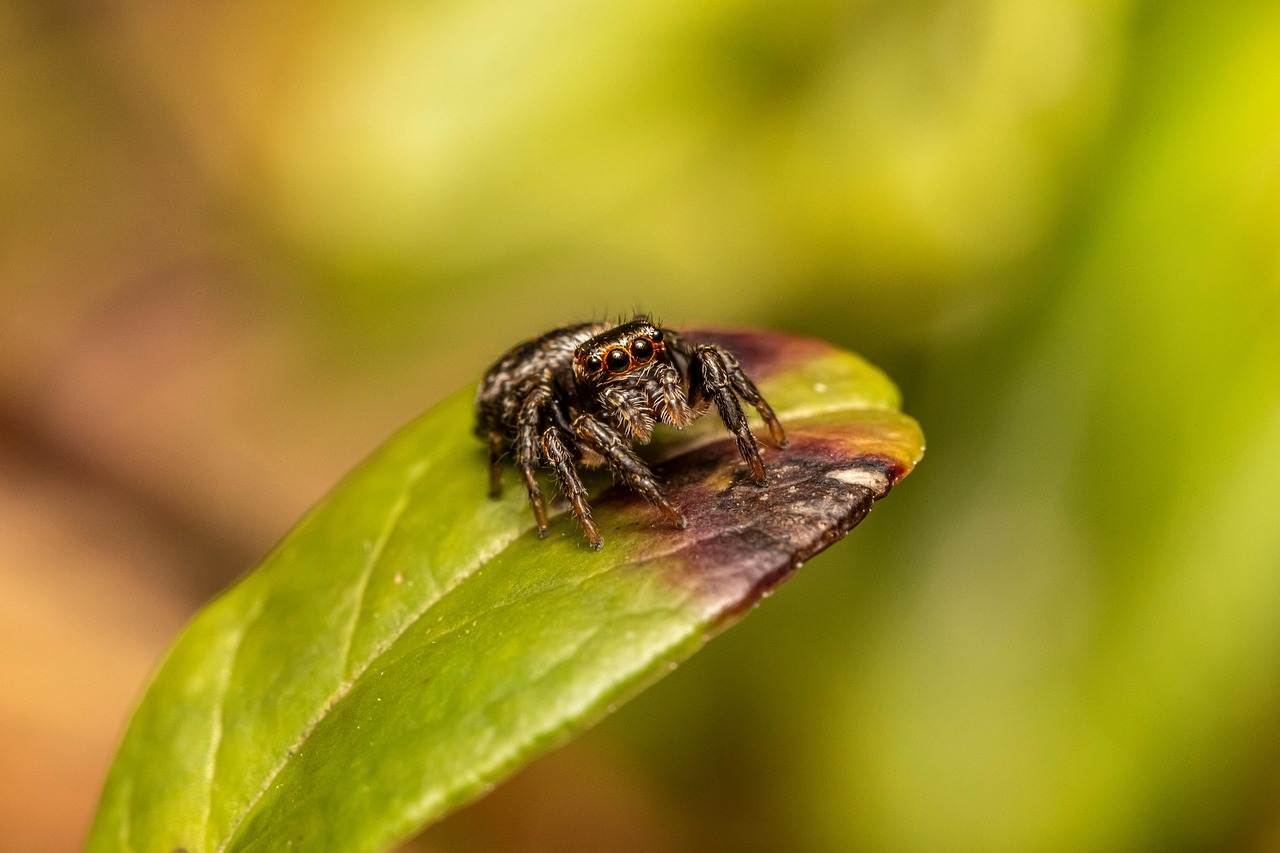
Apache jumping spiders play a crucial role in maintaining the ecological balance of Southwestern desert ecosystems, serving as natural pest control agents that help regulate insect populations. A single spider can consume dozens of flies, mosquitoes, gnats, and other small insects each week, significantly impacting local insect communities. Their predation pressure helps prevent pest outbreaks that could otherwise damage desert vegetation or become nuisances to human populations. These spiders also serve as prey for larger predators, including birds, lizards, and other spiders, making them an important link in the desert food web. Their presence often indicates a healthy ecosystem, as they require stable prey populations and suitable habitat conditions to thrive.
Habitat Preferences and Distribution
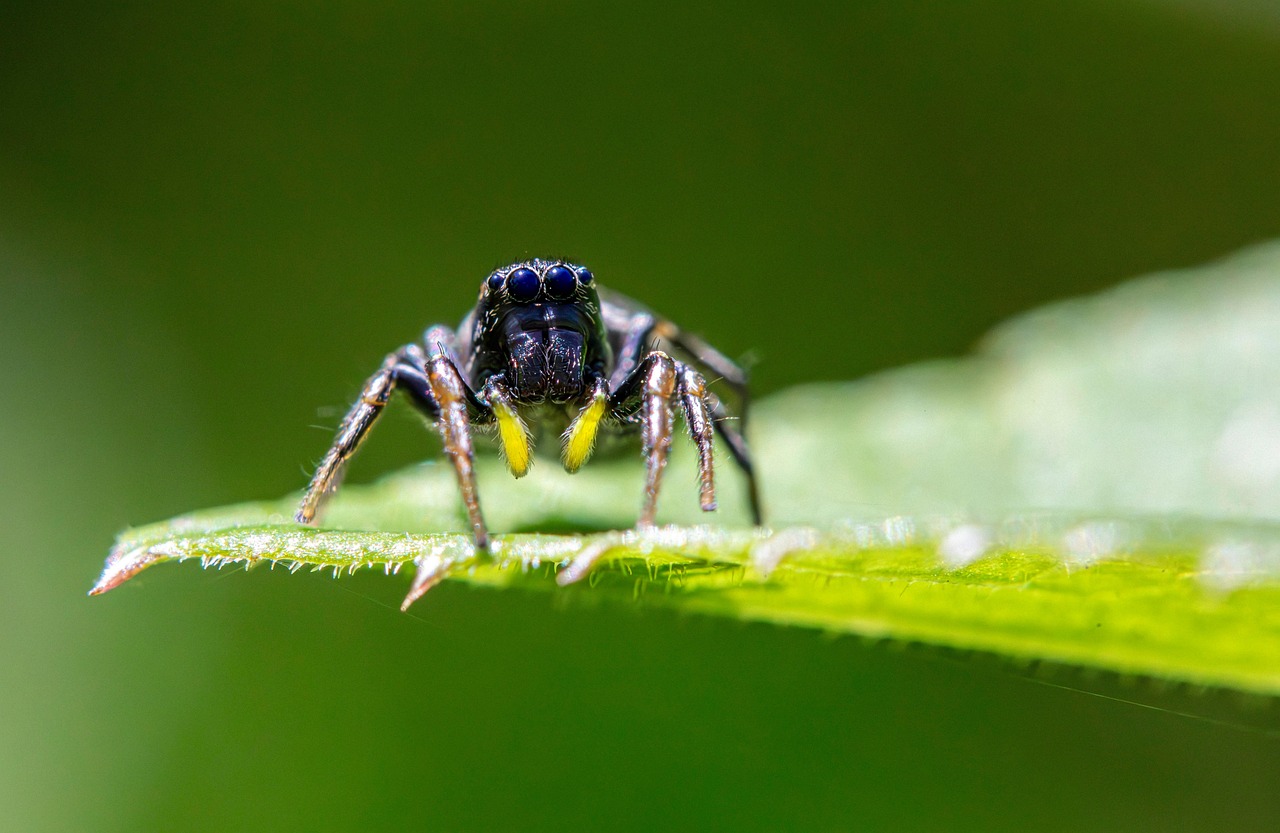
The Apache jumping spider’s range extends throughout the Sonoran and Chihuahuan deserts, encompassing parts of Arizona, New Mexico, Texas, and northern Mexico. They show a strong preference for rocky areas, desert scrublands, and environments with plenty of vertical surfaces that provide both hunting opportunities and shelter. These spiders are commonly found on rock faces, cliff walls, desert plants like palo verde and mesquite trees, and even human-made structures such as buildings and fences. They seem to thrive in areas with moderate vegetation density – enough plant life to support prey populations but not so dense as to interfere with their visual hunting style. Elevation doesn’t seem to be a limiting factor, as they’ve been observed from desert floor elevations to mountainous regions over 4,000 feet above sea level.
Seasonal Behavior and Activity Patterns
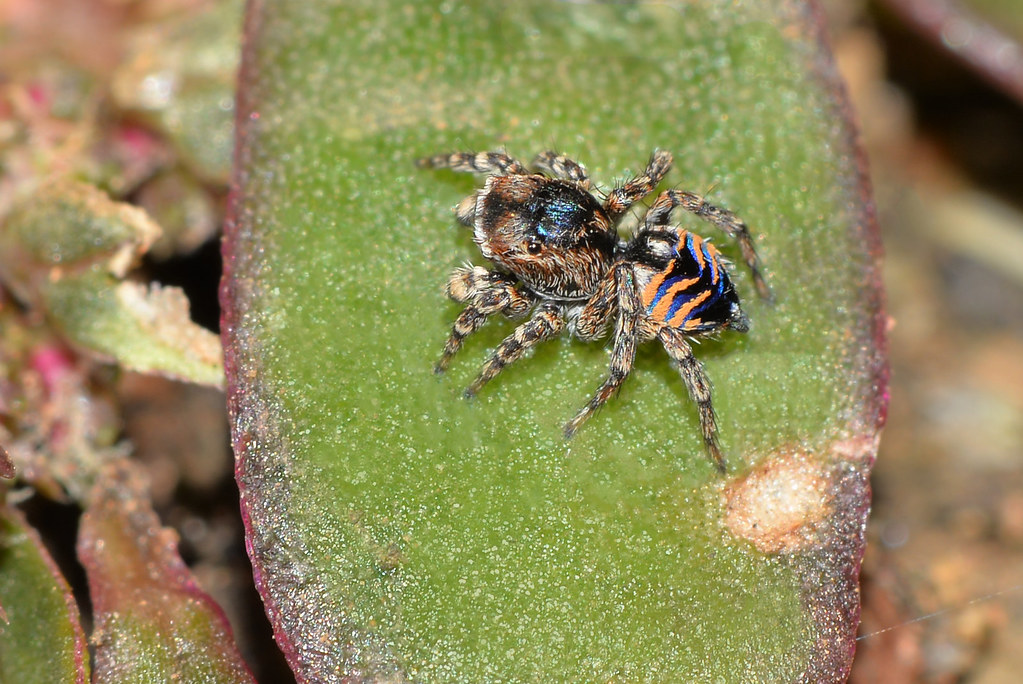
The activity patterns of Apache jumping spiders are closely tied to seasonal changes and daily temperature fluctuations in their desert environment. During spring and fall, when temperatures are most favorable, these spiders are most active throughout the day, taking advantage of optimal hunting conditions. Summer brings extreme heat that forces them to adopt more crepuscular behavior, becoming active primarily during dawn and dusk hours when temperatures are more tolerable. Winter activity depends largely on geographic location, with spiders in warmer southern regions remaining somewhat active while those in northern areas may enter a period of reduced activity or dormancy. Their ability to adjust their activity patterns based on environmental conditions demonstrates the behavioral flexibility that has allowed them to thrive in such a challenging environment.
Defense Mechanisms and Survival Strategies
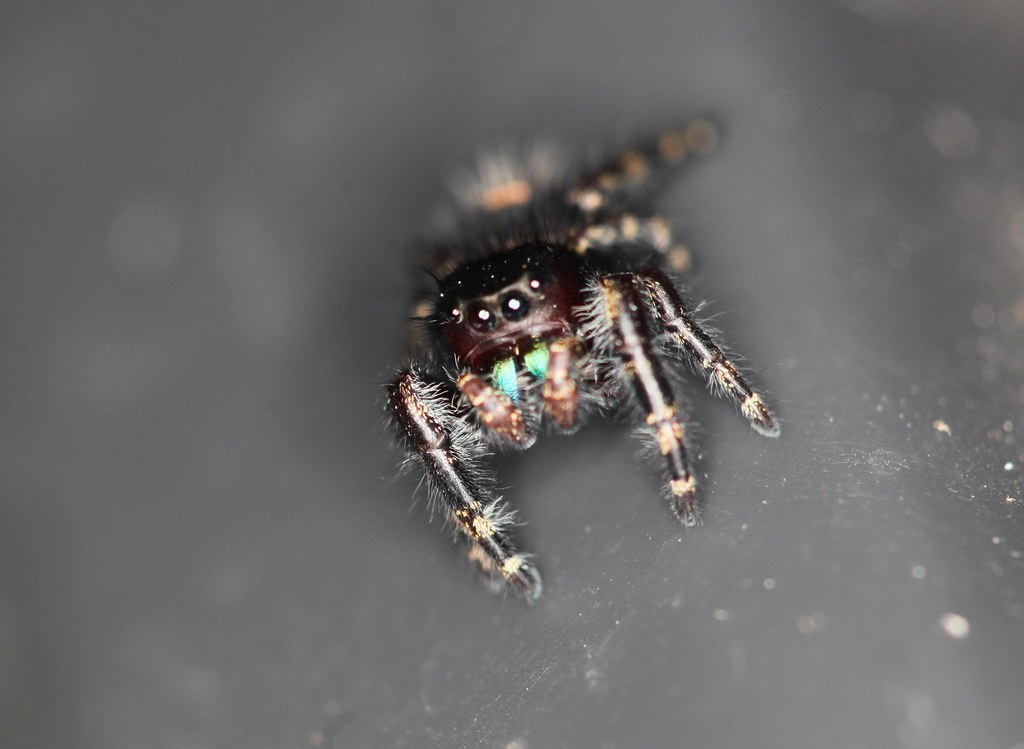
Despite their small size, Apache jumping spiders have developed an impressive arsenal of defense mechanisms to protect themselves from the numerous predators that share their desert habitat. Their exceptional vision serves as an early warning system, allowing them to spot approaching threats from considerable distances and react accordingly. When confronted by a predator, they can employ their jumping ability not just for hunting but as an escape mechanism, launching themselves away from danger with surprising speed and accuracy. Their cryptic coloration provides excellent camouflage against rock surfaces and desert vegetation, making them nearly invisible when they remain motionless. If all else fails, they can also rear up on their hind legs, raise their front legs in a threatening posture, and display their fangs – a behavior that’s often enough to deter smaller predators or competitors.
Unique Behavioral Adaptations
Apache jumping spiders exhibit several fascinating behavioral adaptations that set them apart from other arachnids and demonstrate their intelligence and problem-solving abilities. They show remarkable spatial memory, able to navigate complex three-dimensional environments and return to previously successful hunting locations. These spiders have been observed using what appears to be rudimentary tool use, manipulating small objects to access prey or improve their hunting positions. They also display curiosity-driven behavior, investigating new objects or changes in their environment even when there’s no immediate survival benefit. Perhaps most intriguingly, they seem capable of learning from experience, adjusting their hunting strategies based on previous successes and failures. This behavioral flexibility suggests a level of cognitive ability that’s unusual among invertebrates and helps explain their success in the challenging desert environment.
Conservation Status and Environmental Challenges
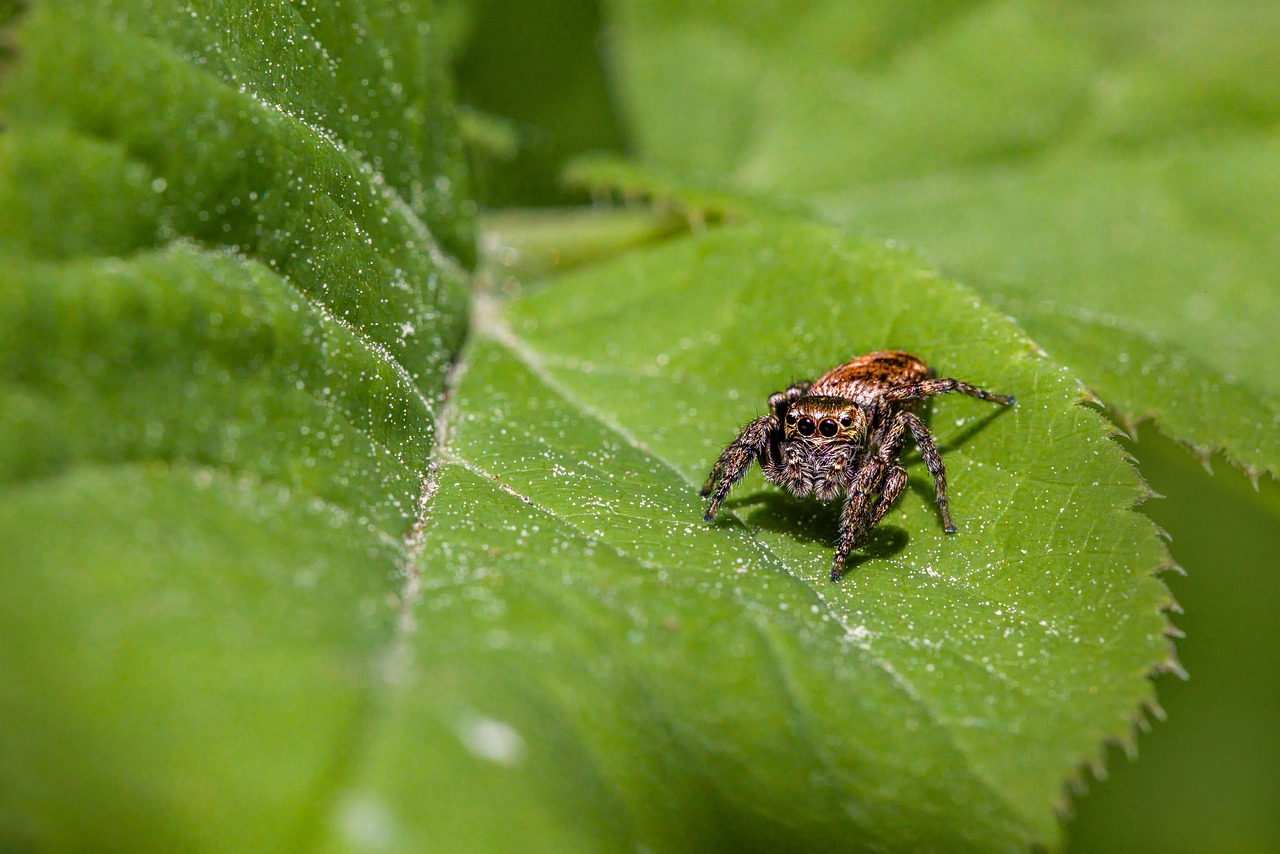
While Apache jumping spiders are not currently considered threatened or endangered, they face increasing challenges from human development and climate change in their Southwestern habitat. Urban expansion into desert areas destroys critical habitat and fragments populations, making it difficult for spiders to find suitable living and hunting areas. Climate change poses additional threats through increased temperatures, altered precipitation patterns, and shifts in prey availability. Pesticide use in agricultural and residential areas can also impact spider populations both directly through poisoning and indirectly by reducing prey populations. However, their adaptability and broad habitat tolerance provide some hope for their continued survival, and they’ve shown an ability to colonize human-modified environments when suitable conditions exist.
Research and Scientific Significance
The Apache jumping spider has become an important subject of scientific research, contributing to our understanding of vision, biomechanics, and animal behavior. Researchers study their jumping mechanism to develop better robotic systems and understand principles of efficient locomotion. Their visual system serves as a model for improving camera and optical technologies, while their hunting behaviors provide insights into predator-prey dynamics and decision-making processes in small animals. Recent studies have focused on their cognitive abilities, with researchers discovering that these tiny spiders can solve complex spatial problems and demonstrate planning behaviors previously thought to be limited to much larger animals. This research not only advances our scientific knowledge but also highlights the remarkable complexity and sophistication that can exist in even the smallest creatures.
Observing Apache Jumping Spiders in the Wild
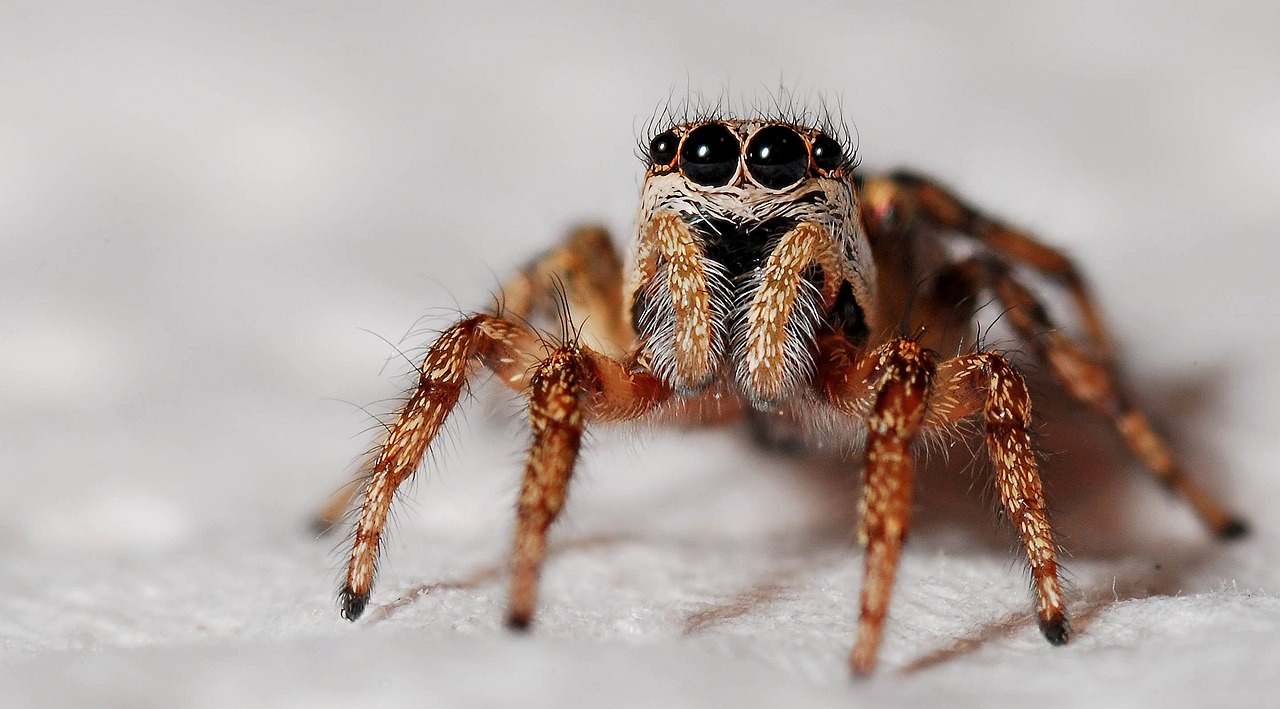
For those interested in observing these remarkable creatures in their natural habitat, the best opportunities come during mild weather conditions in spring and fall when the spiders are most active. Look for them on sun-warmed rock faces, fence posts, and the surfaces of desert plants during morning and late afternoon hours. Patience is key, as their excellent camouflage makes them difficult to spot until they move. When you do locate one, you might be rewarded with the chance to observe their hunting behavior, as they often remain relatively tolerant of quiet human observers. Binoculars or a magnifying glass can help you appreciate their intricate details and behaviors from a respectful distance. Remember that these are wild animals that play important ecological roles, so observation should always be done without disturbing or capturing the spiders.
The Apache jumping spider represents one of nature’s most remarkable success stories – a tiny predator that has mastered the art of precision hunting in one of North America’s most challenging environments. Their combination of athletic ability, acute vision, and behavioral sophistication challenges our assumptions about what small creatures can achieve. These desert acrobats remind us that extraordinary adaptations and complex behaviors aren’t limited to large, charismatic animals – sometimes the most amazing discoveries come in the smallest packages. Next time you’re exploring the American Southwest, take a moment to look closely at the rocky surfaces around you. What incredible performances might you be missing in the miniature world right at your feet?

